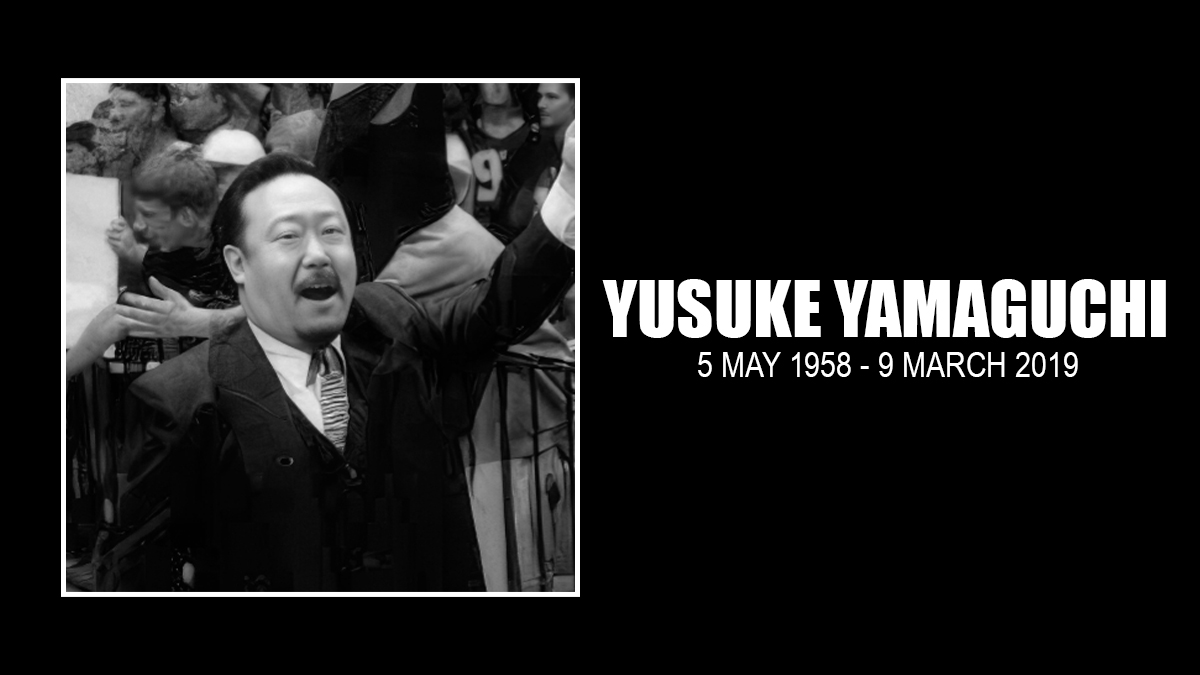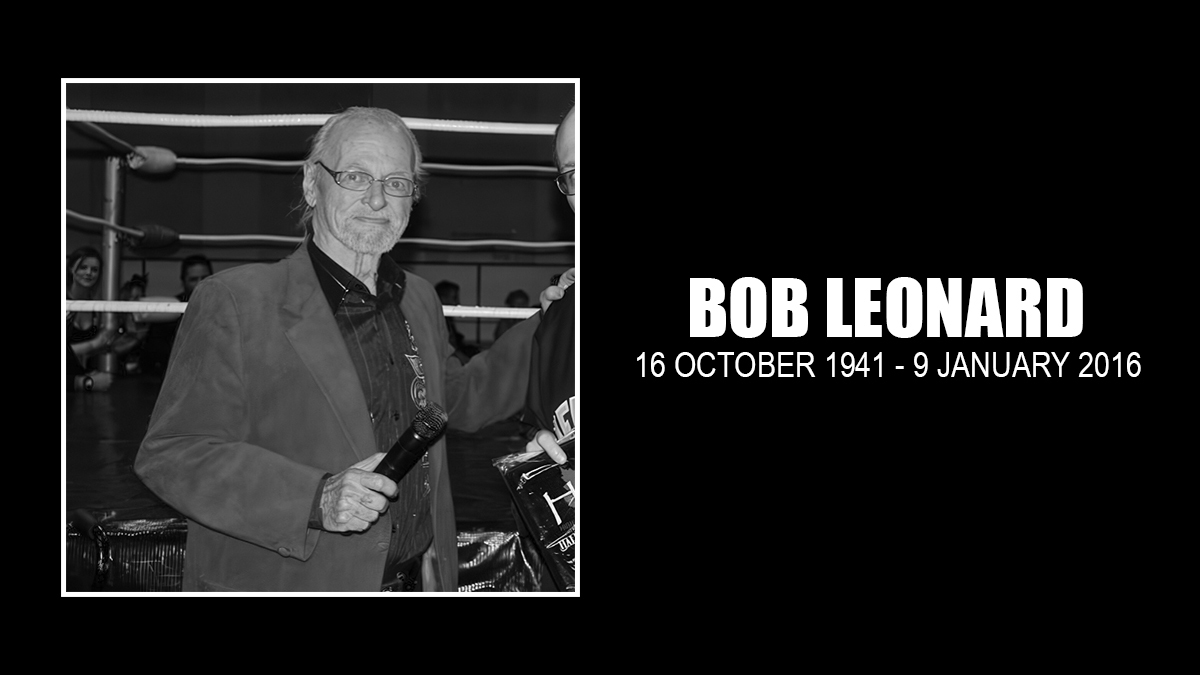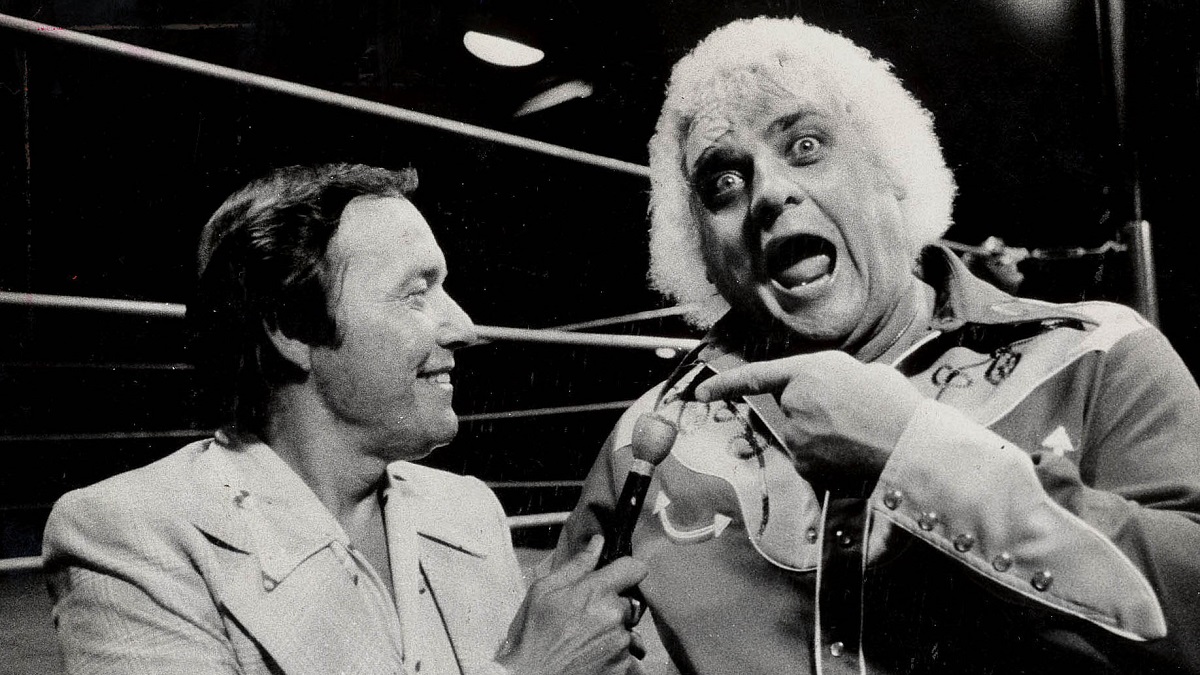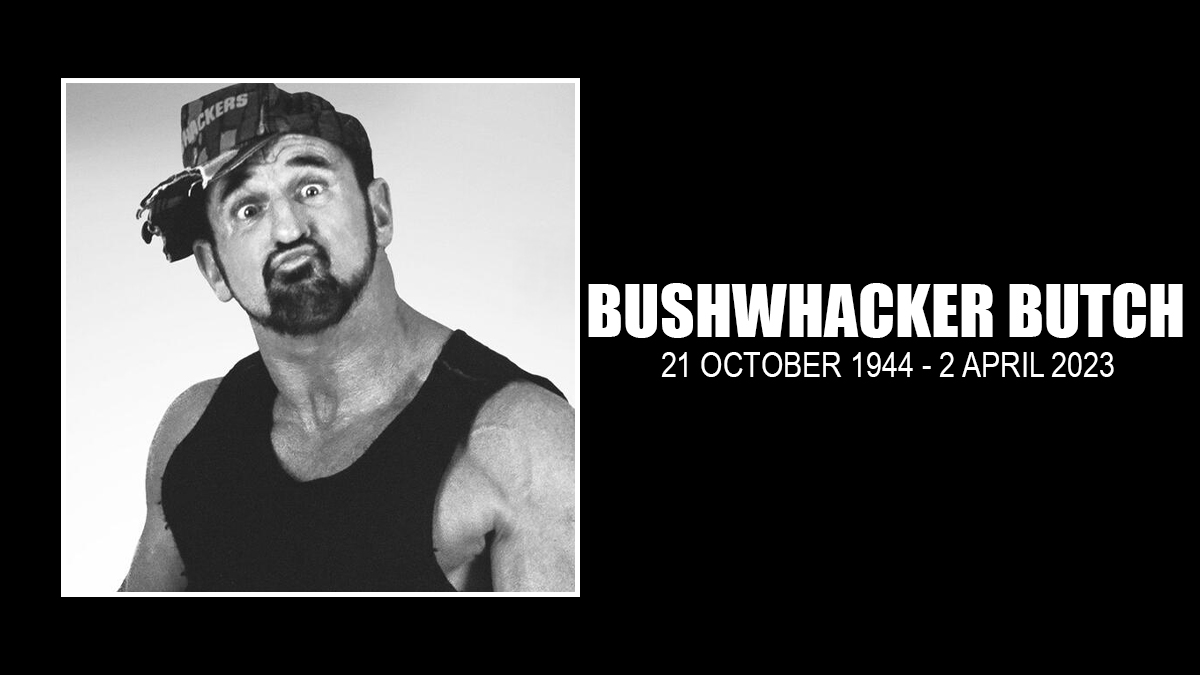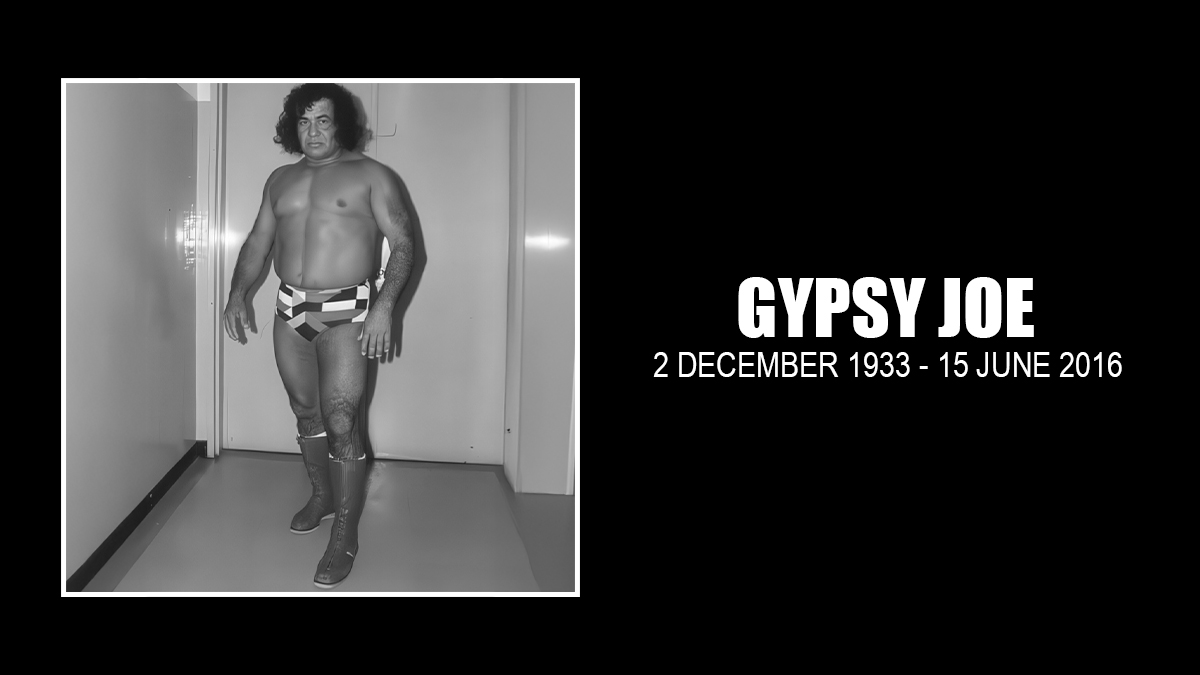Wrestling, and Japanese wrestling in particular, lost a great friend, gentle character and major influential figure with the passing of Yusuke “Wally” Yamaguchi on Saturday, March 9, at the age of 60. He suffered a massive stroke some 14 months ago. He and I had a rich history, especially through Gong magazine.
From his teens, Wally “loved anything American” and described himself as a wrestling fan and historian “since birth.” He learned English primarily so he could communicate with wrestling fans and people around the world. Naturally, he later learned to wrestle and then began training others at his own dojo, especially women’s wrestlers. Wally also promoted shows, booked shows, managed and helped with nearly every Japanese promotion beginning with JPW, IWE, NJPW and AJPW.
Most importantly, he was the long-time employee and an editor for Japan’s oldest and for decades its most influential wrestling magazine, Gong. Wally was responsible for the Gong Top 100 and later Top 1000 special annual issues every collector coveted.
In North America, he’s known for his comedic stint as “Yamaguchi-San” managing Kaientai in the Attitude Era WWF.
Wally and his professional wrestling photographer brother Shun-Ska (nicknamed simply Shun) were born and raised in Japan becoming longtime major wrestling and fighting sports fans and later historian caretakers for both Japanese and North American wrestling which they followed nonstop. The desire to further their English education and desire to become more involved in wrestling eventually brought them to live in the United States. For a time, Wally lived in New York and L.A., and Shun based himself in the Boston area, where he still lives but he also resided in New York and Connecticut. Prior to that, Shun was most famous as a Gong magazine photographer and writer for his older brother, shooting WWF, WCW and at times ECW ringside during the 1980s on up until the HD cameras pushed everyone out from ringside except their in-house employee photographers.
A celebrated oil and acrylic painter in the Northeast with gallery showings, Shun stayed involved with wrestling, he adapted and transitioned to broadcast announcing and voiceovers in Japanese (and English at times) for WWE televised content shown in Japan, paired with family friend Funaki.
The Yamaguchi “Puroresu” brothers remained close and ever since Wally’s stroke and it was Shun who kept us abreast online of Wally’s progress, ups and downs. Wally was celebrated during these last 14 months in Shun’s video postings for trying his best while stuck in hospital beds to make his facial muscles smile, wink like he was nailing a rib on viewers and overall putting his best face forward as his body slowly went “heel” on him. Sadly, no false-finish here when he left us.
Many of his other long-time friends, such as Dave Meltzer, Dan Westbrook, Jeff Bowdren, Kurt Brown and others, closely followed what was going on thanks to Shun.
Wally was my longtime editor at Gong magazine during its glory days. Despite years of fierce competition between Weekly (Shukan) Gong and Shukan Pro Wrestling (nicknamed “Baseball”) newsstand magazines, Wally surprisingly got along well socially with Fumihiko Saito and other Shukan Pro editors from the 1980s on.
A brief history lesson: Gong began in the 1960s as Monthly Gong, eventually becoming Weekly Gong, preceding Shukan Pro by several decades. Shukan Pro Wrestling Magazine eventually outlasted its older rival which ceased publication in 2004 after years of declining sales and an alleged Yakuza scandal. Gong management at times claimed the rising popularity of mixed martial arts as the culprit, cutting interest and circulation numbers in pro wrestling Gong. Yet its own Gong magazine had already for years, carried several pages of MMA coverage regularly, especially following the big New Year’s Eve competing televised shows that once drew huge ratings. And for years prior, it had been putting out quarterly mini, all-MMA special issues sold separately on newsstands and bookstores. When Gong wrestling magazine finally folded after that alleged bankruptcy, the publishing parent company oddly continued publishing it’s all-MMA Gong-K fully-size monthly magazine.
The loss of Gong didn’t phase Wally, who had become busier than ever with his ever-present schedule of training others, promoting, wrestling marketing, lecturing and travel. He put out several issues of his own magazine too, again focusing on one of his loves in U.S. wrestling coverage.
NORTH AMERICAN DREAMS
Wally loved Hawaii and while working for Gong, travelled several times with Antonio Inoki’s New Japan promotion for its annual wrestler Honolulu relaxation retreat while the weather was still freezing in Japan.
I was with him when we covered Stu Hart’s 80th private family birthday party in Calgary which was capped by what was billed as Stampede’s 45th promotional birthday card at his longtime Stampede magnificent venue on December 15, 1995, in 40 degree below weather.
What I remember about Stu’s show was that Wally went back to his photographic roots and shot ringside with us as he’d done a few years earlier at one of the New York Weekend of Champions convention fanfests in 1992, when he flew in with Jushin Lyger, helping Lyger with his autographs.
At that time, Wally took several of us out to eat in the Upper East Side at some of his favorite spots as well as treks to New York’s Chinatown and Little Italy — he loved good food and sushi.
A WWF DREAM COMES TRUE
As manager Yamaguchi-San (“Mr Yamaguchi”) in WWF, alongside Kaientai (roughly referencing “Japans Naval Auxiliary Force”), Wally was thrilled and it was a lifetime dream for him to become a TV star. Wally’s stable was basically a smaller U.S. faction of 1994’s Michinoku-Pro group including their promotion wrestlers Dick Togo (formerly Sato), Mens Teioh (Terry Boy), Sho Funaki and Taka Michinoku. Funaki worked for WWF/E for 12 years, and was released in 2010; he was brought back to do commentary for Japanese TV with Wally’s brother, Shun — a job which they continue doing.
Kaientai, or Kai En Tai, was based on Japanese samurai Ryoma Sakamoto’s famous naval corporation that helped free Japan’s ruling oppression by others while protecting it as a nation from any outside threats. That’s where Japanese defence historian and fan Dick Togo plucked the name from to honor his favorite naval force. Oddly longtime member Kaz “Shiryu” Hayashi didn’t participate in the WWF version as he had earlier in the primary Japanese one, but later worked instead for WCW. The group was originally called “Club Kamikaze” by WWF announcers when they debuted but when Yamaguchi debuted on TV soon after as their figurehead manager and mouthpiece, he called them Kaientai and that’s how they were referred to thereafter. There was never any mention that Wally had been involved in wrestling behind the scenes for years at Gong Magazine — he’d actually photographed at WWF U.S. shows for a time besides his editorial and interview duties there.
The most infamous Kaientai moment was easily during a feud with Val Venis. Wally played an outraged, jealous husband, and when Yamaguchi-San and his group saw his “wife” (an actress, not his real wife Keono, who remained in Japan) allegedly sleep with “porn star” Venis, Wally went “berserk” and vowed revenge on-camera. Venis rescued “Mrs Y-San” from getting spanked with his wooden paddle. Later on WWF TV while teaming with Taka Michinoku opposing Funaki and Togo, Taka turned on Venis stating “Mrs Y-San” was “his sister.” All of Kaientai dragged Venis to the back to be castrated by Wally. Yamaguchi-San the prior week on TV angrily promised to “choppy choppy your pee pee” to Venis as revenge. When Wally was set to “chop,” the screen went to black. Soon after again on TV, Venis claimed Yamaguchi-San’s castration sword “just missed” his member because the lights had been turned off by John Wayne Bobbitt (remember that national story where Lorena Bobbitt castrated her husband?). The feud fizzled out from there, and the rest of Kaientai went back to Japan, save Funaki and new leader Taka Michinoku who simply became the Kaientai Indeed! comedy tag team. Taka left WWF returning to Japan Michinoku Pro, and also began working briefly with promoter Victor Quinones in both Japan and Puerto Rico for IWA Japan and W*NG.
DYNAMITE TURTLES?
Wally was such a longtime fan of Dynamite Kid that when his daughter was born in 1990, he said he wanted to one day form, train and manage she and more hoped-for daughters as his dream “Dynamite Turtles Tag Team” because turtles were his favorites and animals have always been sacred in historic Japanese culture. (This is why so many wrestlers have been named for them including Bull Nakano, Bison Kimura and others.)
And when the real Dynamite (Tom Billington) began having health issues, and was eventually wheelchair-bound, Wall organized several fundraisers over the years to help with Dynamite’s own medical bills.
Wally promoted in Japan what we’d call indy shows, working with Hisashi Shinma Jr.’s “Universal” lucha promotion, He also restarted his dojo helping both discover and then training up-and-coming wrestlers. The dojo was close to his elegant, three-storey home.
He loved tech and electronic gadgets. When people visited, Wally loved taking them to Tokyo’s famous Electronic Ginza area with its massive tech stores featuring the latest and greatest “gimix” as he called them. Wally would also take friends to Ribera’s Steak House, the famous Fish Market, the Pachenko Game district, Tokyo Tower, Mitsukoshi Department Store, and onto the Shinkansan Bullet Train to ride to shows in other prefectures.
A COLLECTOR
Until her passing, Wally said his mother lived on the top floor of his home while Atsushi Onita for a time even rented one of Wally’s large spare rooms as FMW’s official office. His home was in a Tokyo suburb not far from the major JR Train and subway lines and was always full of action and people coming and going. Wally’s own wrestling office was reminiscent of that of his historian friend Tom Burke’s (editor of Ring Wrestling Magazine in the 1970s with his huge collection of photos, programs, magazines and anything wrestling-related from all over the world).
An interesting fact, Jim Cornette’s and Eddie Gilbert’s ringside photos, taken all over at Tennessee wrestling shows, were in Gong Magazine before both either took on more active roles in the business.
Due to Wally’s undying love of North American wrestling and its history, in the late 1990s, Wally lobbied for Gong‘s foray into an all-U.S.-dedicated monthly wrestling magazine that lasted about a year and for which he was lead editor. It had coverage of WWF, WCW and ECW and was only sold in Japan as a compliment to Gong itself.
ROAD STORIES
Wally always insisted on doing all the driving in his big SUV to shows and events all over Japan’s prefectures (“states”), especially the all-night treks, stopping only for gas, strong coffee and cigarette breaks. On one photographic trip there, he surprised everyone by taking us instead of his home over to that of wrestlers Tarzan Goto and his then wife Despina Montagas for dinner there. Onita and others from FMW’s office ended up there later too which was quite the scene.
Wally always loved being surrounded by his wrestler friends. When he finally attended his one and only Cauliflower Alley Club reunion in 1993 at the Los Angeles Sportsman’s Lodge to see some of his idols in Lou Thesz, Buddy Rogers, the Vachons, Gordon Solie and more, he said he could “now die happy.” He also used the time in L.A. to get to Disneyland, Knotts Berry Farm, the Hollywood Wax Museum and other kitschy places he loved.
With Wally Yamaguchi, it was all the global experiences he was able to enjoy that defined his life but even more, all that he gave back to wrestling and so many others in return. His friends around the world grieve his loss, so soon after one of Wally’s all-time favorites in The Destroyer Dick Beyer dying just days before Yamaguchi-San.
To celebrate his longtime boss and friend, former longtime Gong photographer Jimmy Suzuki promoted via his Tokyo Championship Wrestling company his dedicated Wally Yamaguchi Memorial Tribute Show in Shin-Kiba.
“Mushi Mushi” was always Wally’s signature telephone greeting. In the age well before cell phones first took off, Wally was always on the phone discussing wrestling with Gong employees and all his 24/7 ventures within the biz. When he got his first cell phone, he said he felt at home when they finally came out because he “had an old brick portable phone in his car he used constantly until it fell apart.”
When one visited him in Japan, Wally always instructed that “it’s polite over here to bring presentos” — presents much like lariato is to lariat — “to your host.”
Wally always asked me for the same things: beef jerky, chocolate, Playboy magazine and Johnny Walker Scotch, which he called “the best.”
No, Wally you were the best.
